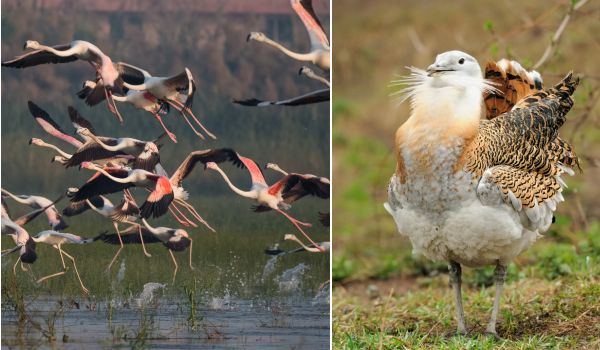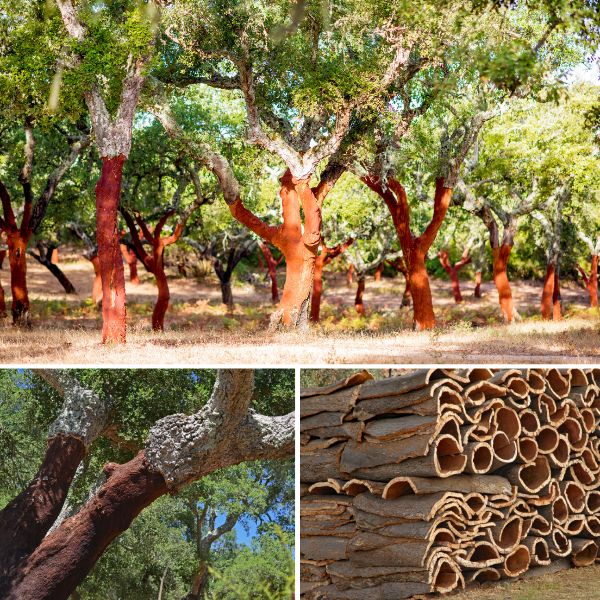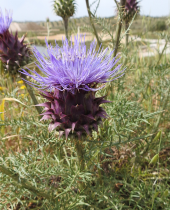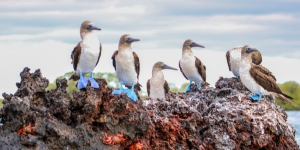Portugal isn’t always the first place that comes to mind for nature travel. Many visitors are drawn by its food, wine, and romantic charm — from coastal fishing villages to historic city centres. But by mid-April, while northern regions are still waiting for warmer days, Southern Portugal is already bursting with life. Migratory birds return from Africa, butterflies drift over wildflower-covered hillsides, and Cork Oak trees show off their fresh new leaves.
What are some of the things to which we particularly look forward? Here are a couple:
1) The Bird Life! Portugal is a stronghold for a number of different species that even casual birders will enjoy, and spring is a particularly fine time to see them as they are at the peak of breeding activities. The striking Azure-winged Magpie is one of these that is sure to delight.


Azure-winged Magpie
Surprising to some, the Greater Flamingo is found in Portugal, where we should see in impressive numbers at the Tagus Estuary. To the north in the plains of Extremadura, we plan to search for Great Bustards as the males employ their “foam bath” courtship displays.


Greater Flamingos, Great Bustard
At the southwestern tip of mainland Europe, Cape St. Vincent and Sagres — depending on the winds — can be great sites for viewing migrating raptors like Booted Eagles and Griffon Vultures. We intend to keep an eye out for migrant birds that are just passing through; owing to its proximity to Africa, Portugal has the distinction of acting as a “funnel” for many migrants heading to northern Europe while avoiding a perilous crossing over the broad expanse of the Mediterranean Sea farther to the east.

Booted Eagle, Griffon Vulture
2) The Landscapes: As we travel the countryside, we notice how it has an appealing pastoral quality that seems at once managed and natural.
The secret to its appearance often lies in the production of cork. About a third of the world’s Cork Oak forests are in Portugal, making the nation the global leader in cork production. What’s especially remarkable about the cork-harvesting process is that the trees are not felled, meaning the forests stay intact and can continue to support their rich biodiversity. Numerous woodland birds and mammals continue to inhabit these areas, including such rarities as Iberian Lynx and more common species such as Wild Boar. Among it all, we find a wide variety of wildlfowers, many of which should be in bloom at the time of our visit.

Harvesting Cork Oak
The low, forest-clad Monchique Mountains in the western Algarve offer breathtaking views of Portugal’s southwestern coast. Here, groves of Cork Oak are interspersed with planted eucalyptus stands, and Wild Thyme grows in large aggregations, its distinctive aroma filling the air.

Eucalyptus stands, Wild Thyme
A visit to Portugal is a “step back in time” and an opportunity to observe a wide variety of landscapes, flora, and fauna as well as savour some of the country’s fine culture. We invite you to join us as we return to Portugal this spring!
South Portugal in Spring, April 13 – 22, 2026
Led by Pete Read | Learn more



